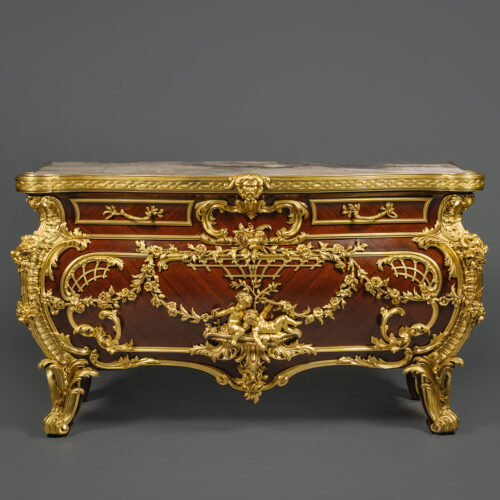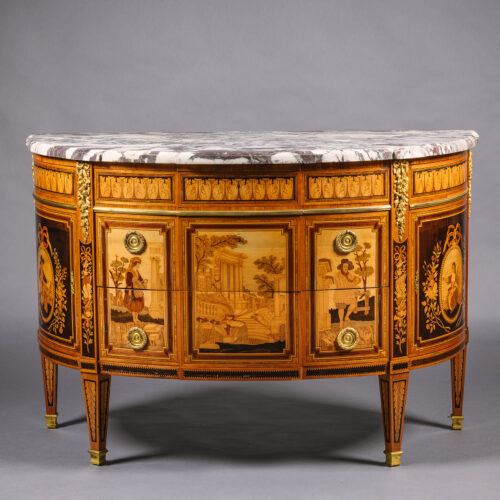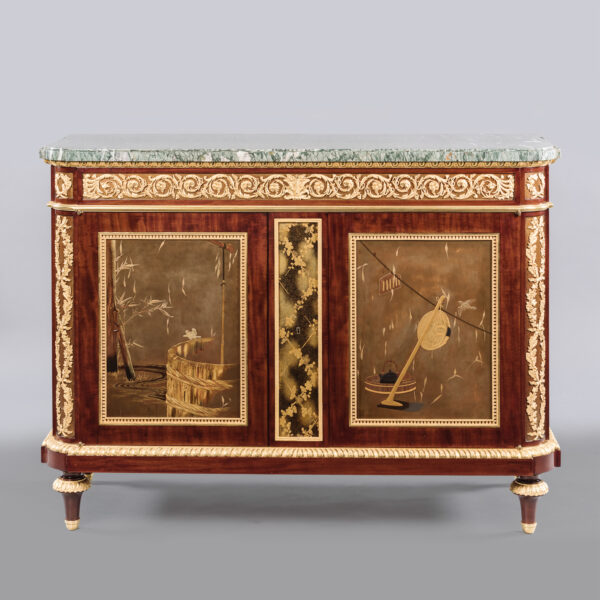Paul Sormani
Un fino par de cómodas de parquetería montadas en bronce dorado de estilo transicional
£85,000
A Fine Pair of Transitional Style Gilt-Bronze Mounted Parquetry Commodes, by Paul Sormani, After the Model by Charles Topino. Stamped beneath the marble...
Dimensiones
Height: 86 cm (34 in)Width: 111 cm (44 in)
Depth: 53 cm (21 in)
Descripción
A Fine Pair of Transitional Style Gilt-Bronze Mounted Parquetry Commodes, by Paul Sormani, After the Model by Charles Topino.
Stamped beneath the marble top to one commode ‘SORMANI’ also stamped on the lockplate ‘P. SORMANI , PARIS., 10 RUE CHARLOT’. Stamped on the back of both locks ‘B THEAU SERRURIER PARIS’, and also stamped on reverse of handle plate ‘H.P.R’.
This fine pair of commodes have shaped ‘Sarrancolin Opéra’ marble tops with moulded edges above guilloche banded frieze drawers and two lower drawers mounted with classical urns and rocaille. The drawers are flanked by stiles mounted with husked swags and the commodes are raised on cabriole legs with paw sabots. The commodes are illustrated by Christopher Payne in his book ‘Paris Furniture: The Luxury Market of the 19th Century’; p. 181.
This distinctive transitional model of commode, is based on the designs of the famous 18th century ébéniste Charles Topino, (maître in 1773). The signature mounts of classical urns beneath swaged drapery can be found on many examples of Topino’s work. These include a commode illustrated in Pradère, Alexandre. French Furniture Makers, The Art of the Ébéniste from Louis XIV to the Revolution; p. 320, fig. 363, and illustrated in Kjellberg, Pierre. Le Mobilier Français du XVIIIème siècle, (Dijon), 1998; p.844, fig.a. A related commode by Topino can be found in the collection of the Metropolitan Museum of Art, New York, [1986.156.1 ab].
Fecha
Alrededor de 1870
Origen
Francia
Medio
Gilt-Bronze and Marquetry
Firma
Stamped beneath the marble top to one commode ‘SORMANI’ also stamped on the lockplate ‘P. SORMANI , PARIS., 10 RUE CHARLOT’.
Born in Venice in 1817, Paul Sormani (1817-1877), was a Parisian maker of fine ‘meubles de luxe’. His work was described in the catalogue of the 1867 Exposition Universelle as: ‘toute sa production révèle une qualité d’exécution de tout premier ordre’ (all of his production reveals a quality of execution all of the first order’).
Sormani exhibited at the International Exhibitions in Paris in 1849, 1855, 1867, 1878 and 1900, and in London in 1862, winning numerous medals.
Paul Sormani established the firm in 1847 at 7 Cimetière Saint-Nicolas in Paris, moving in 1854 to 114 rue du Temple, and in 1867 to 10 rue Charlot.
After his death in 1877 Sormani’s son Paul-Charles took over the business that later moved to 134 Boulevard Haussmann.
It can be difficult to date Sormani’s work, as the firm produced furniture for nearly ninety years. However, when Paul Sormani died in 1877, his wife and son took over the business and from this date onwards pieces are normally signed ‘Veuve Sormani & Fils’.
Bibliografía:
Mestdagh, Camille & Lécoules, Pierre. L'Ameublement d'art français : 1850-1900, Les Editions de l'Amateur, (París), 2010.
Meyer, Jonathan. Great Exhibitions – London, New York, Paris, Philadelphia, 1851-1900, Antique Collectors’ Club, (Woodbridge, UK), 2006.
Ledoux – Lebard, Denise. Les Ébénistes du XIXe siècle, Les Editions de L’Amateur, (Paris), 1984; pp. 583-588.
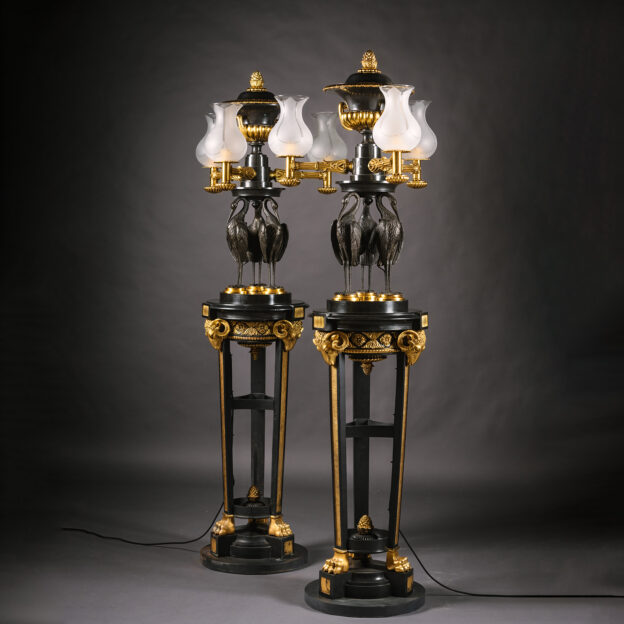




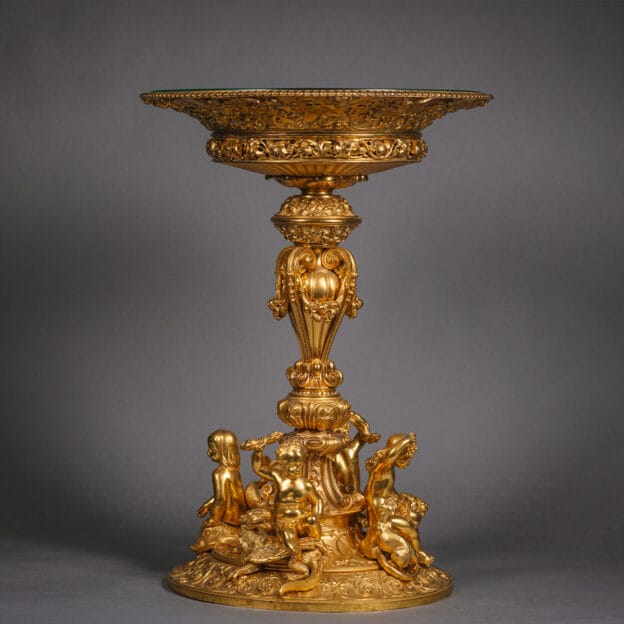
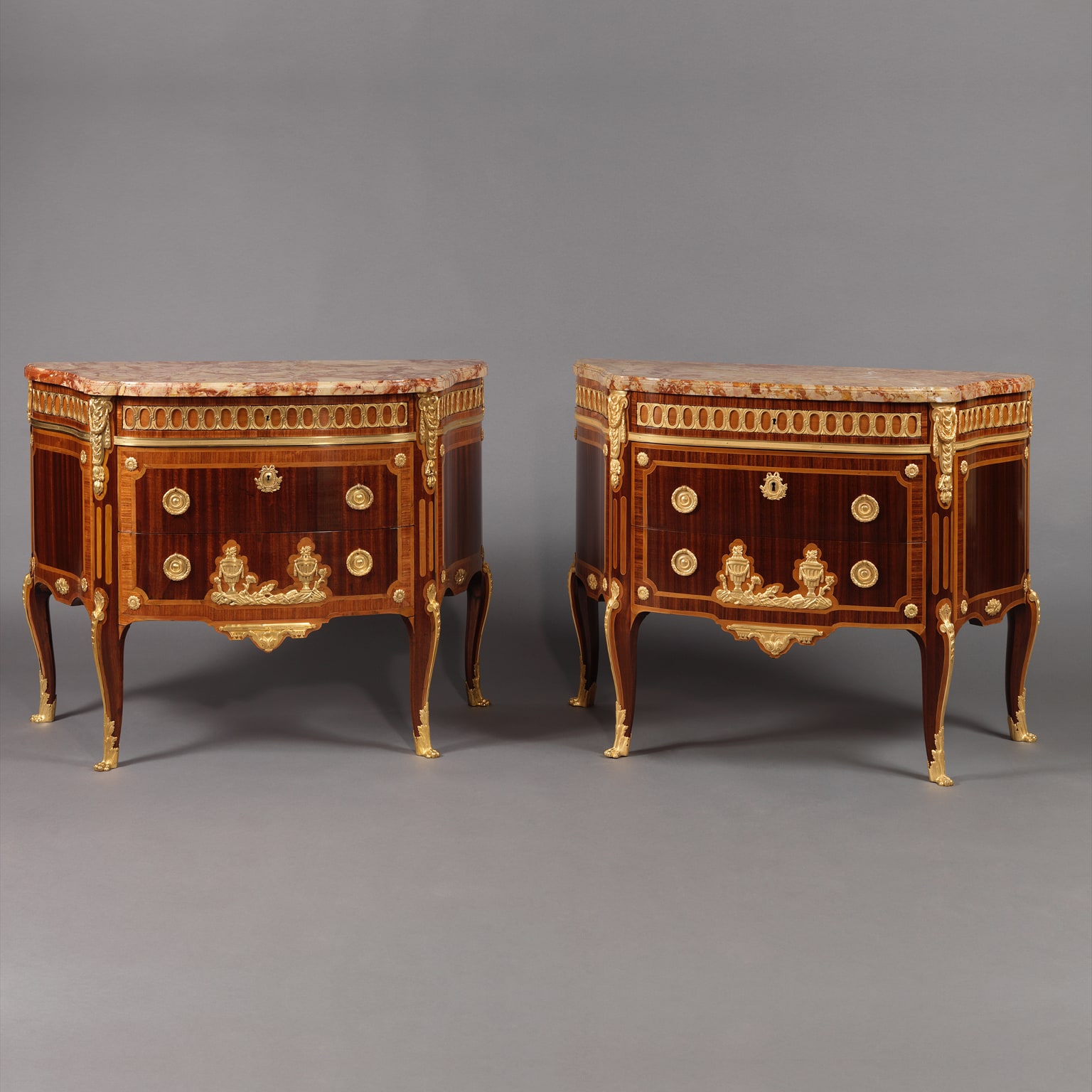

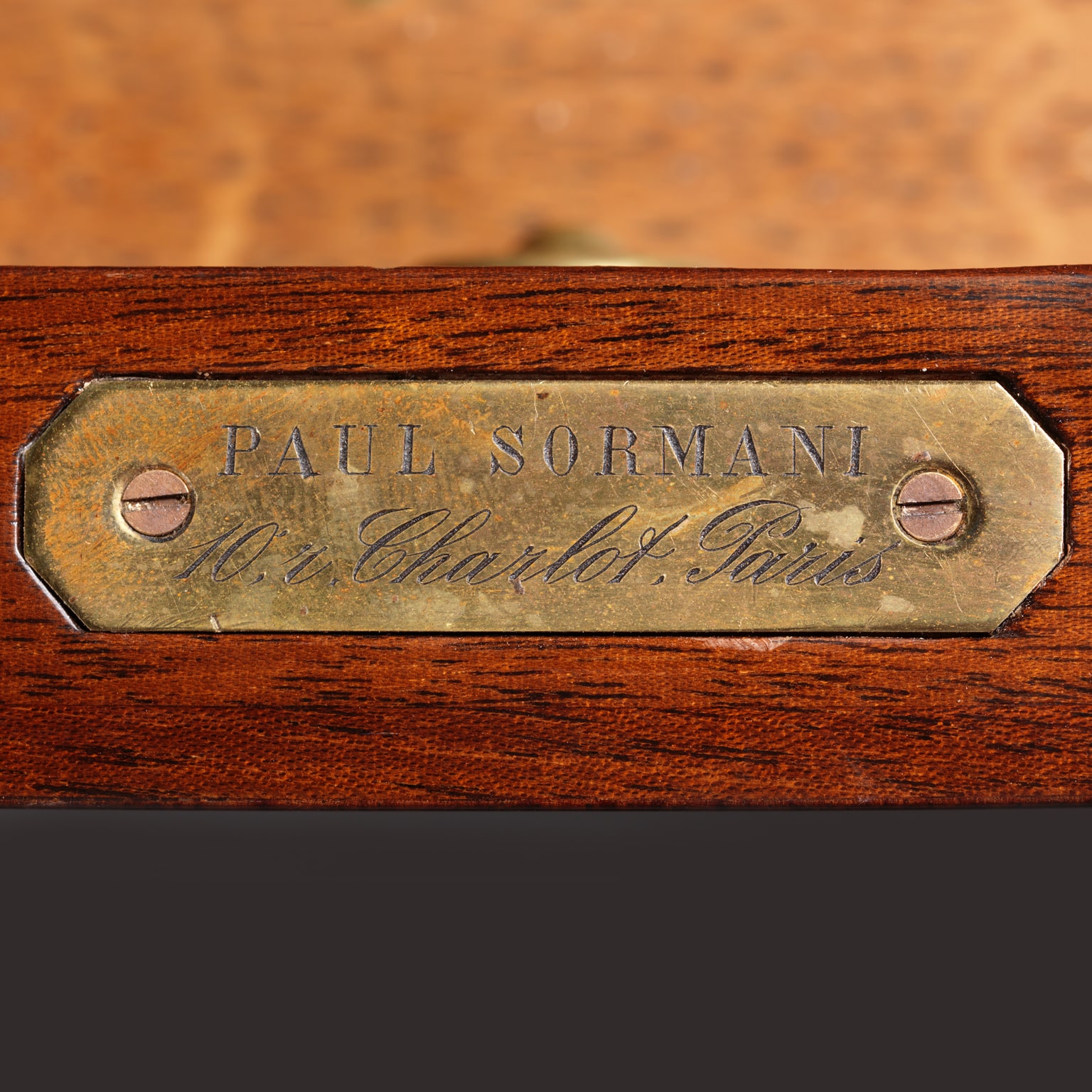
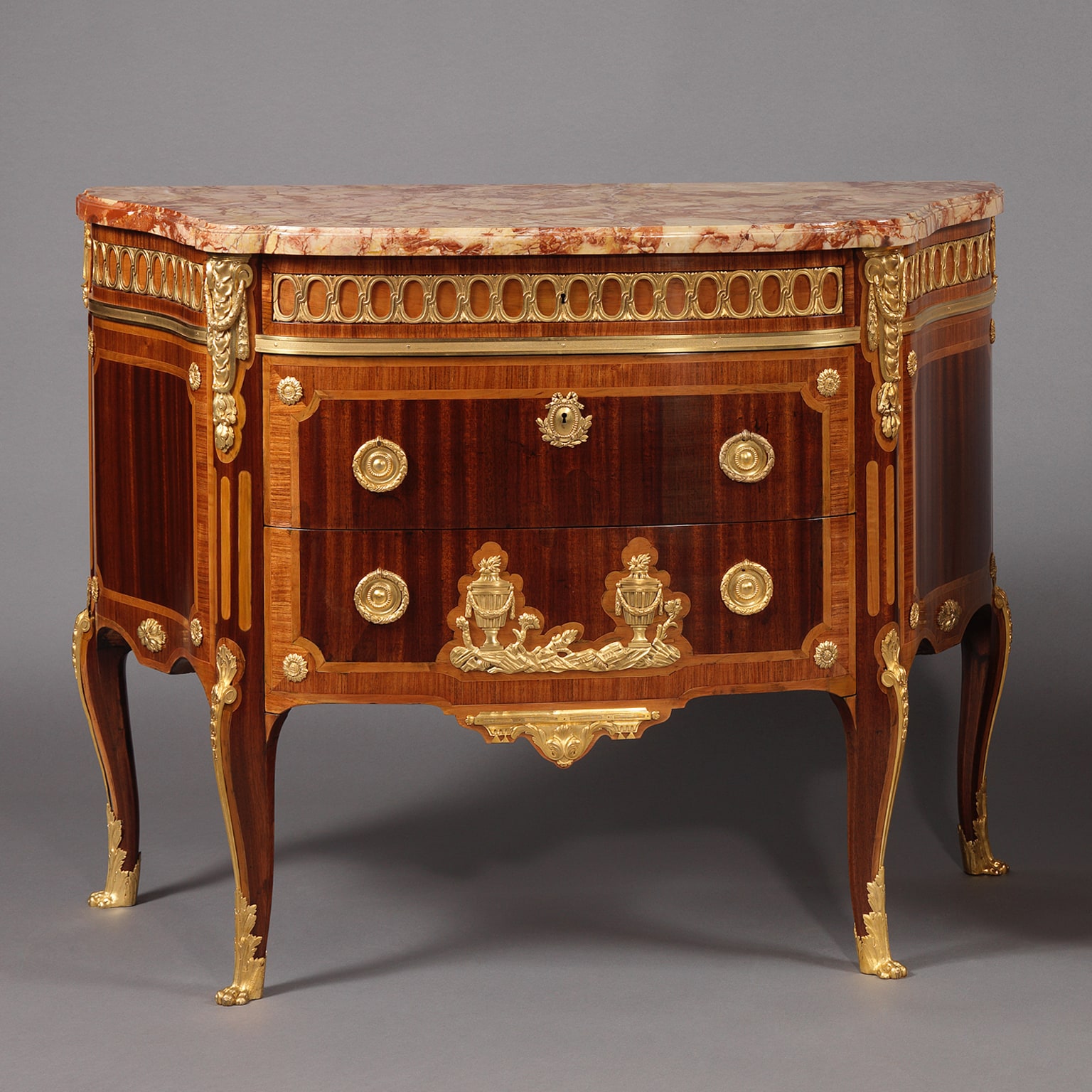
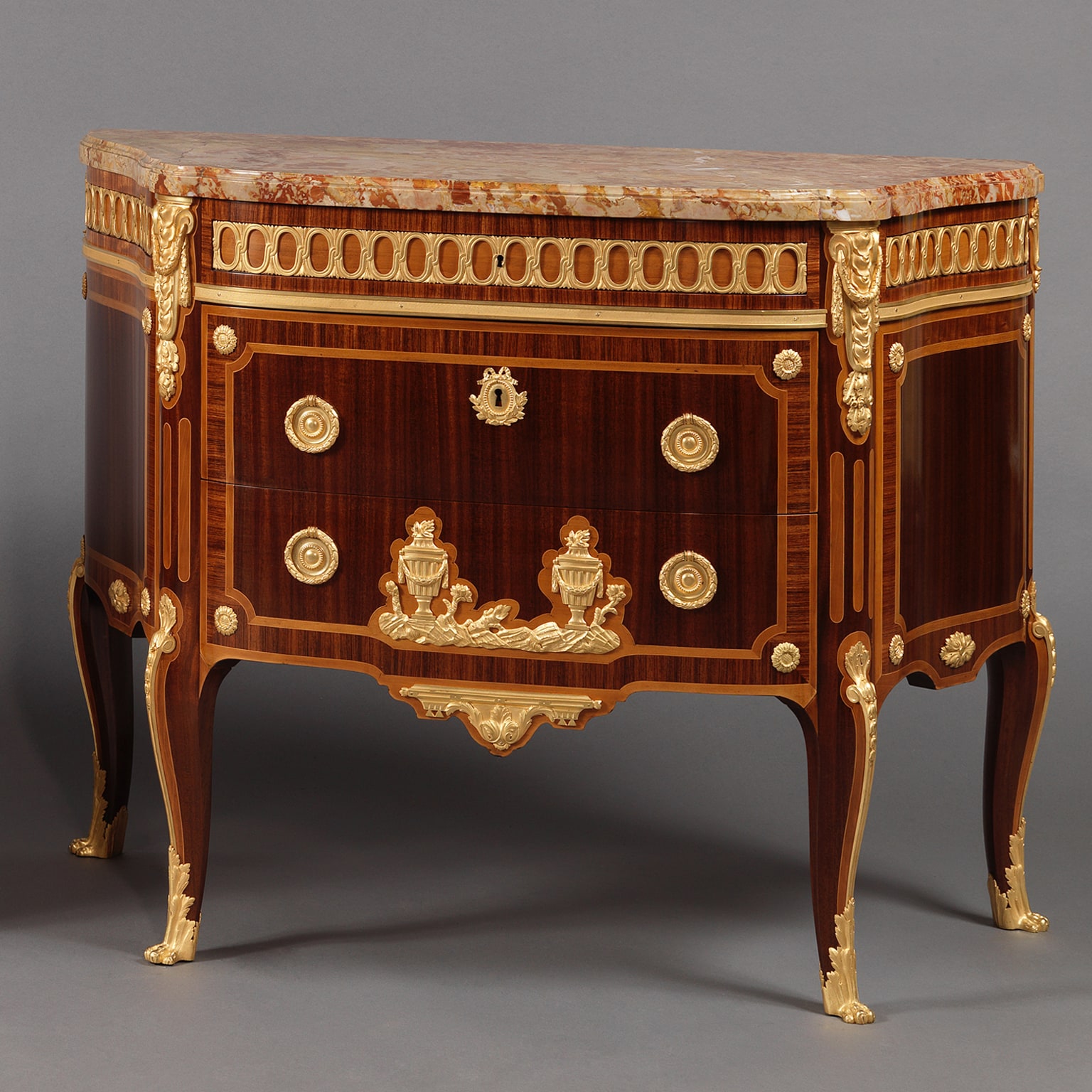

 Imprimir
Imprimir